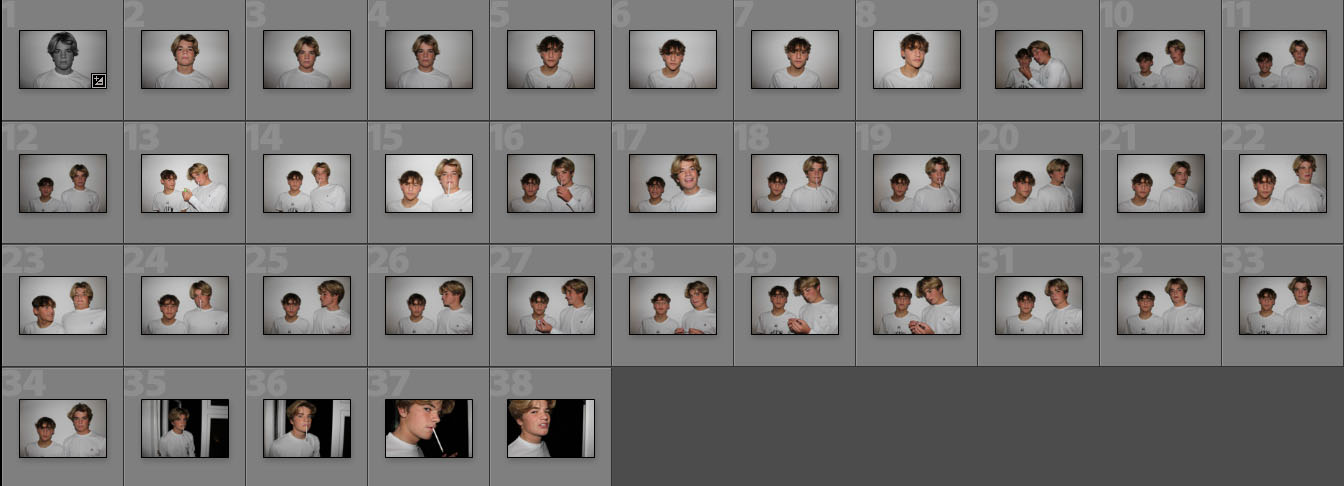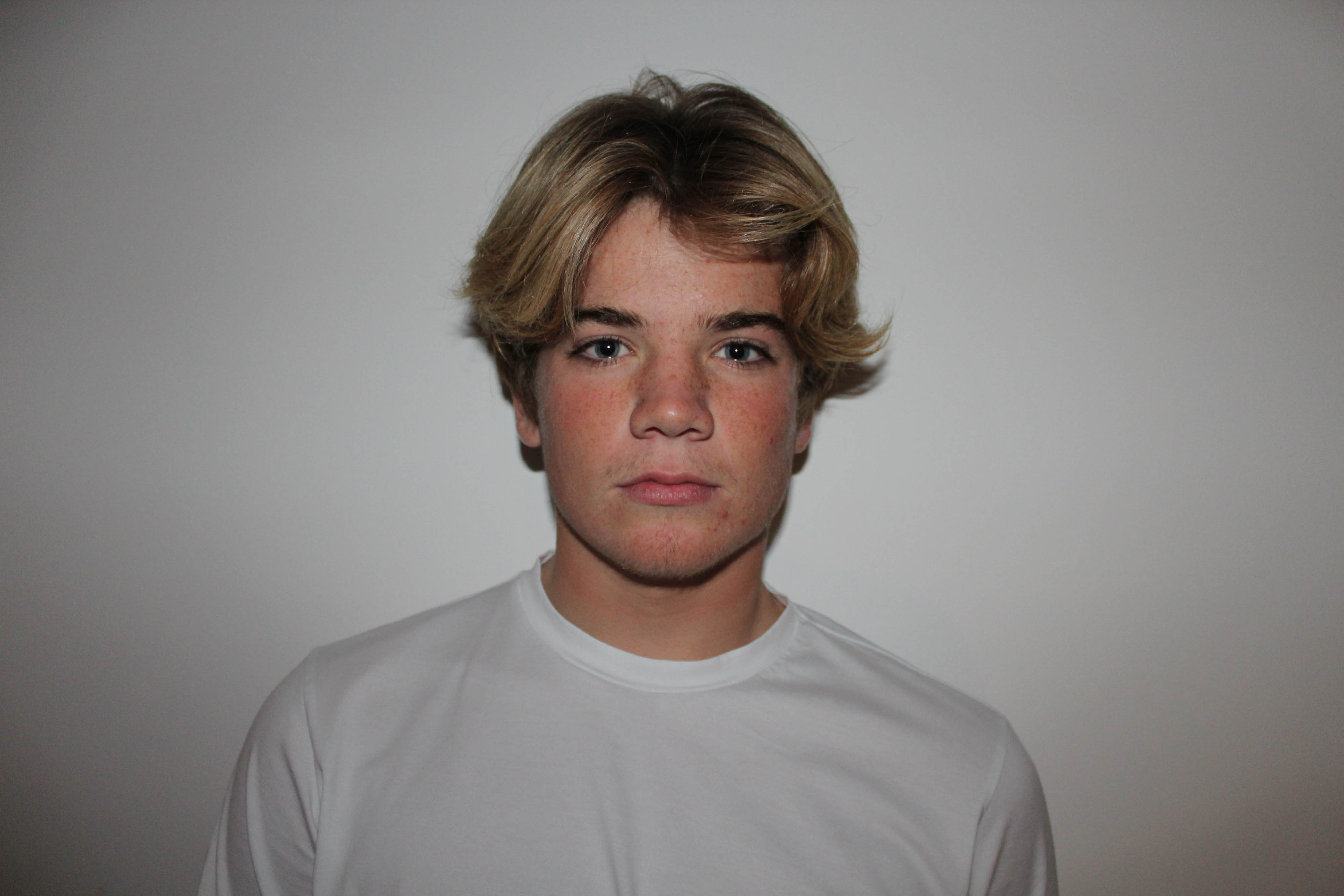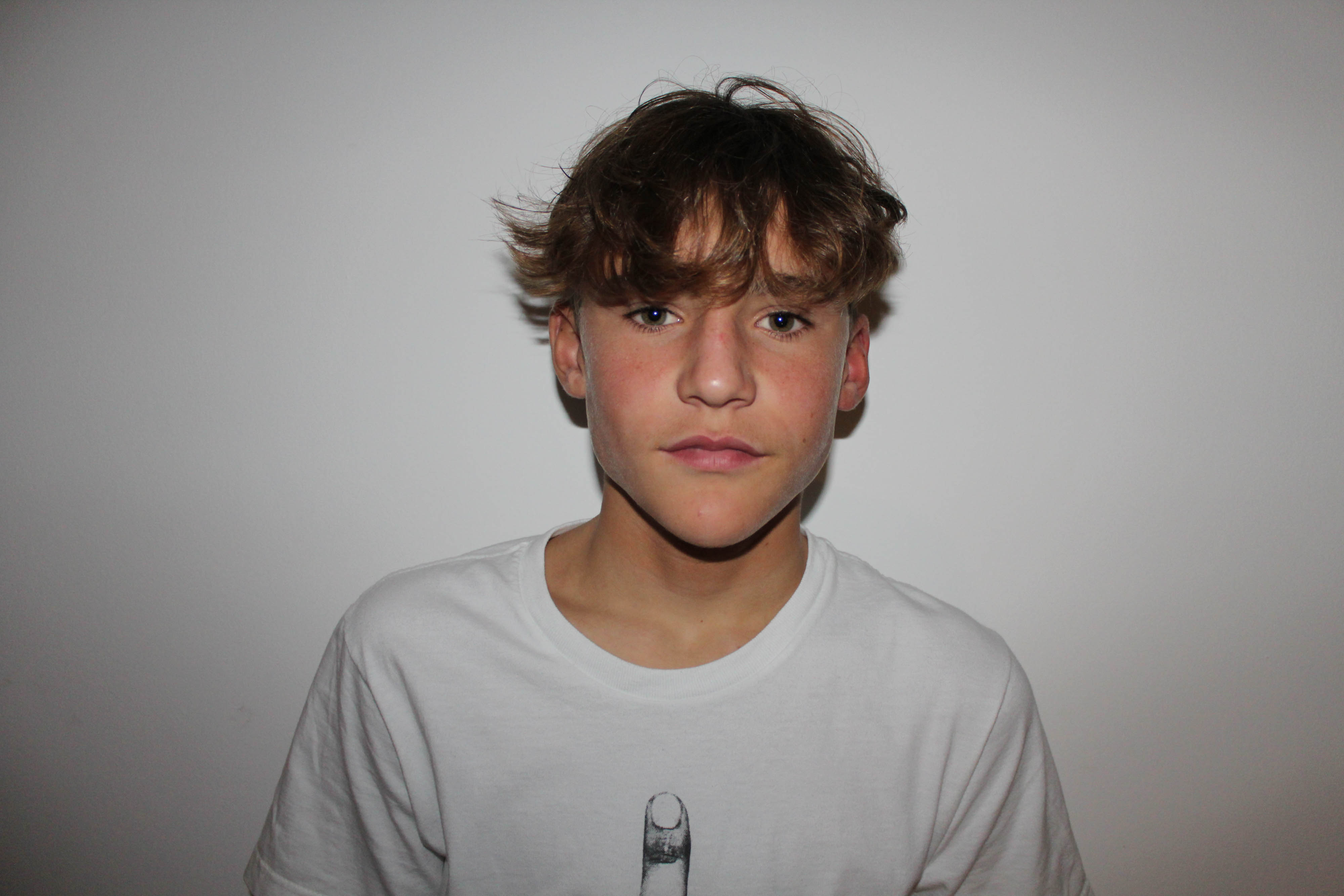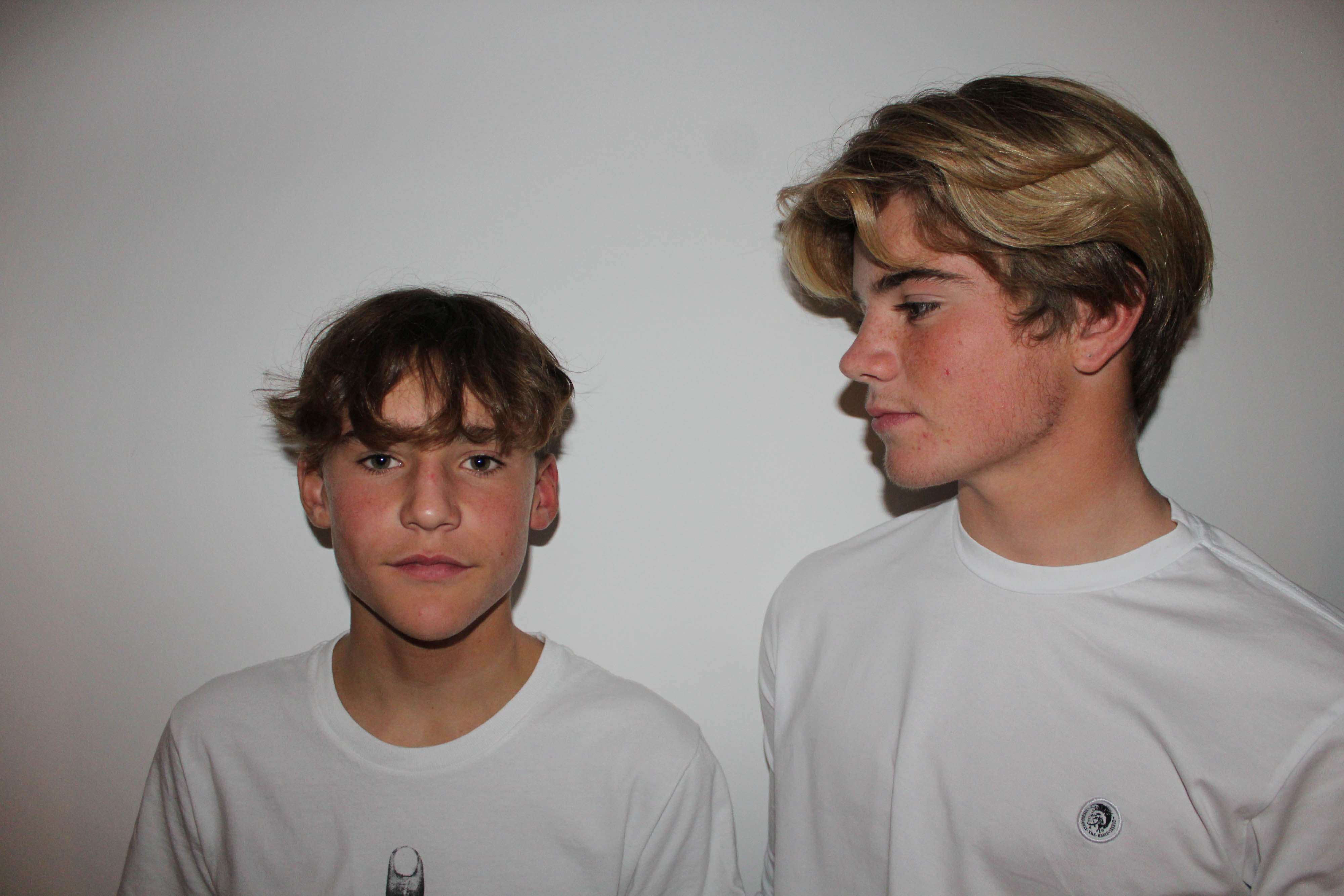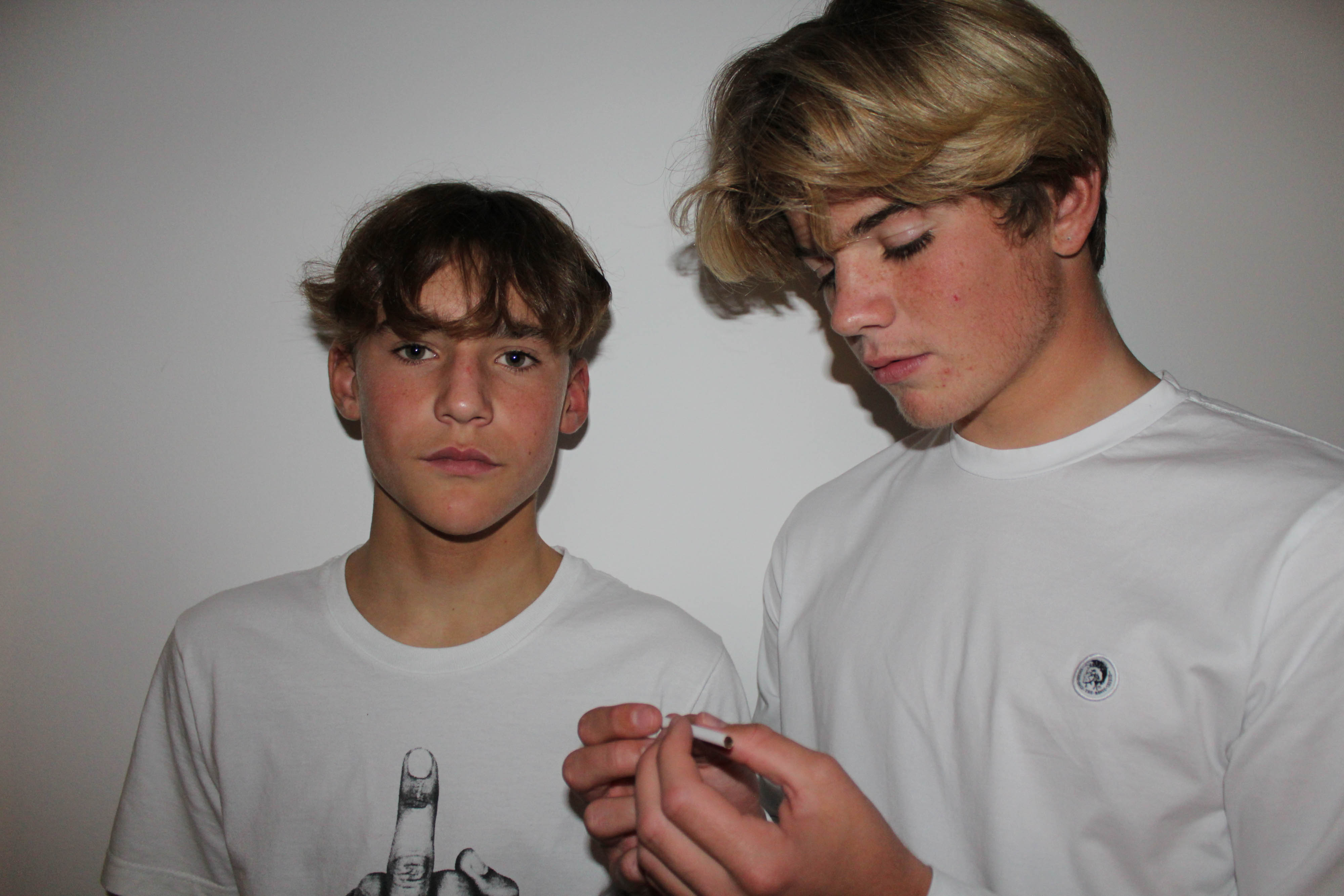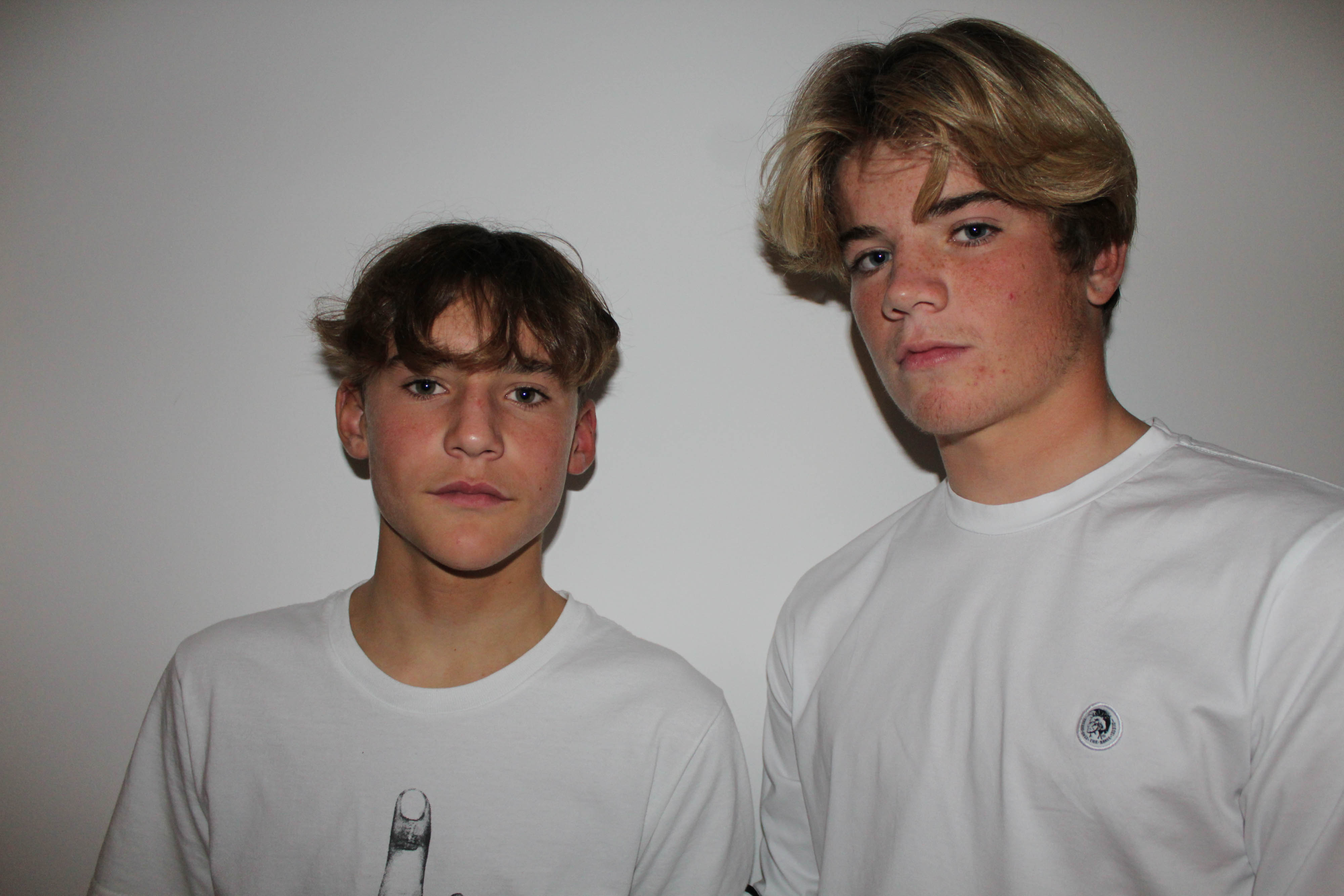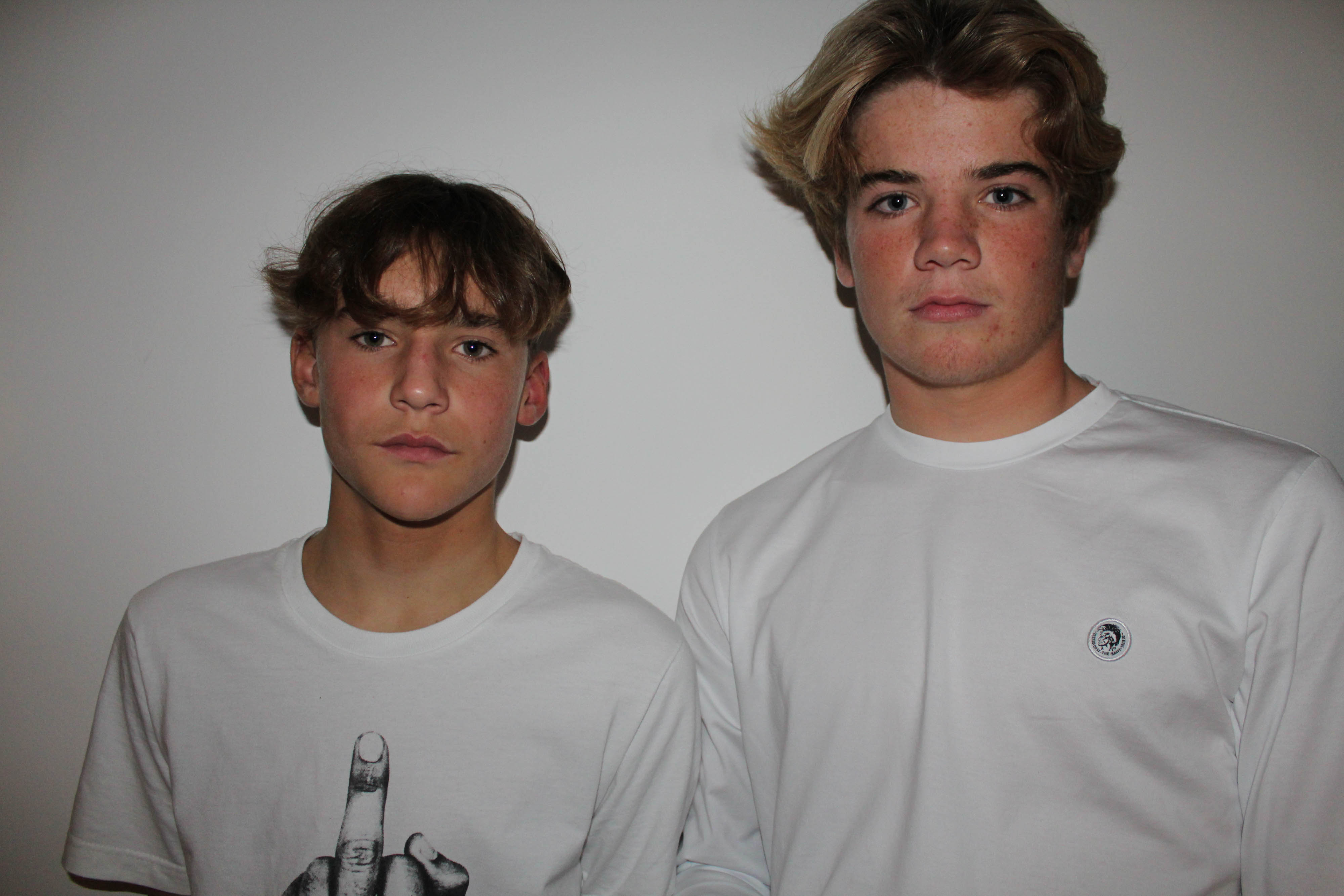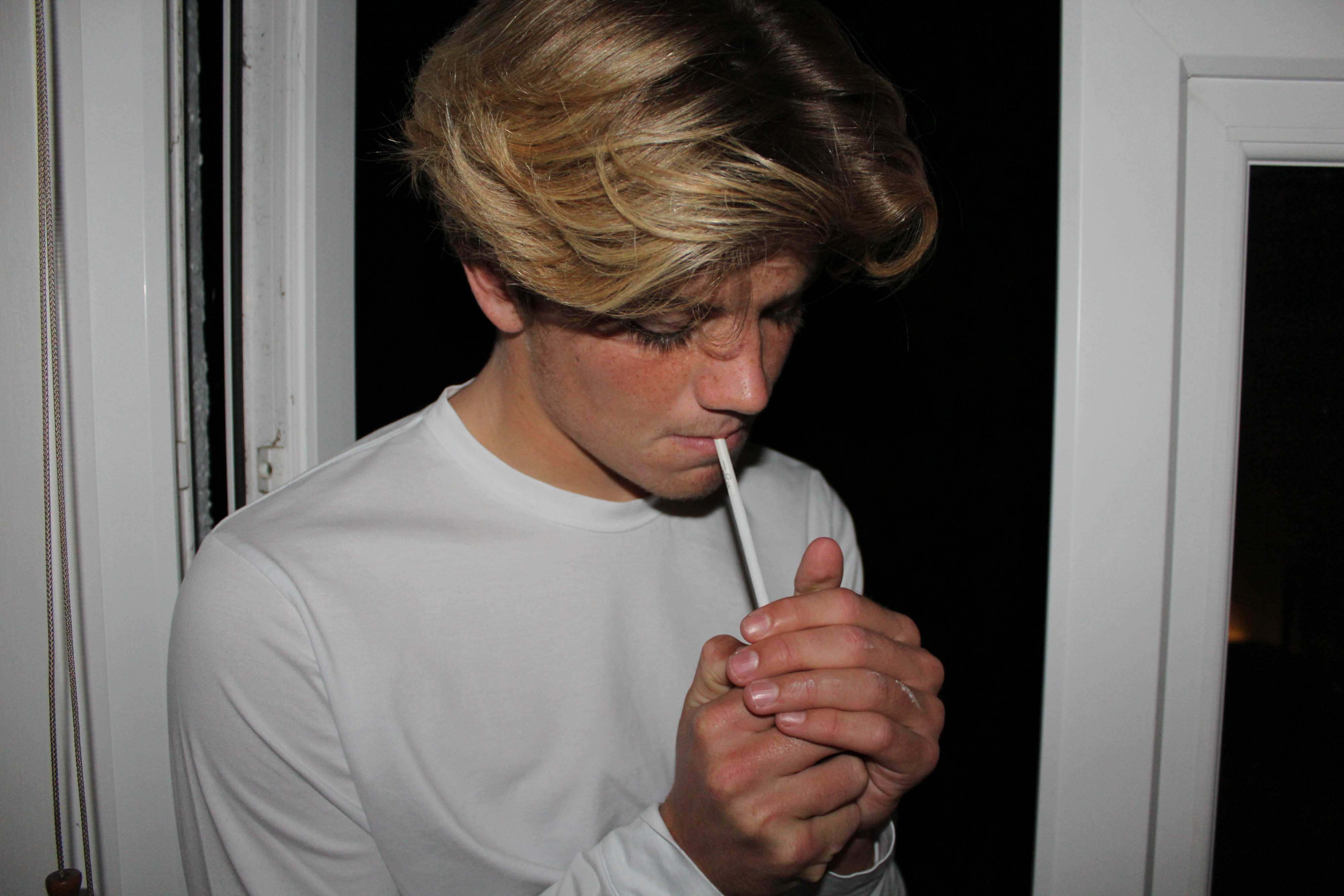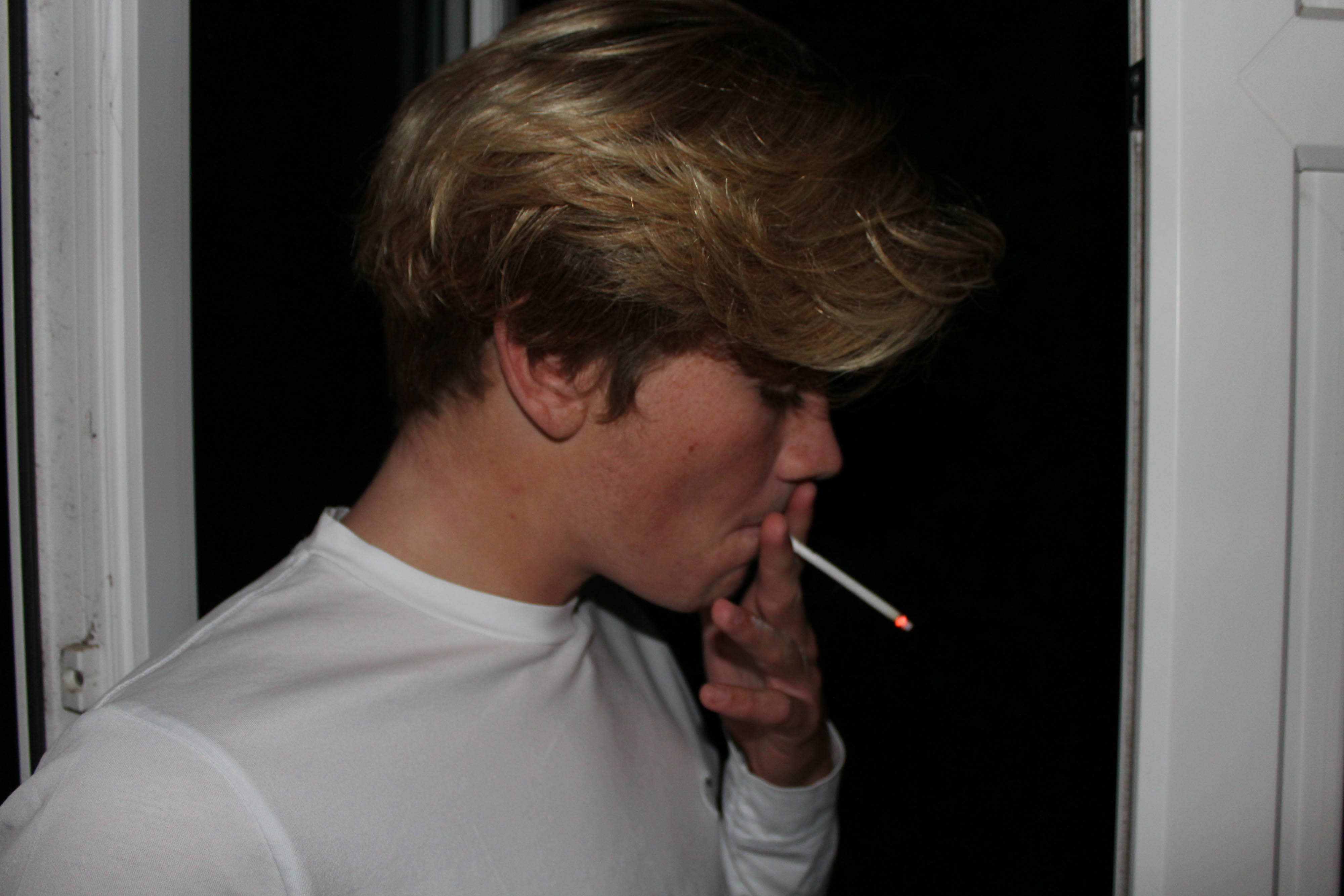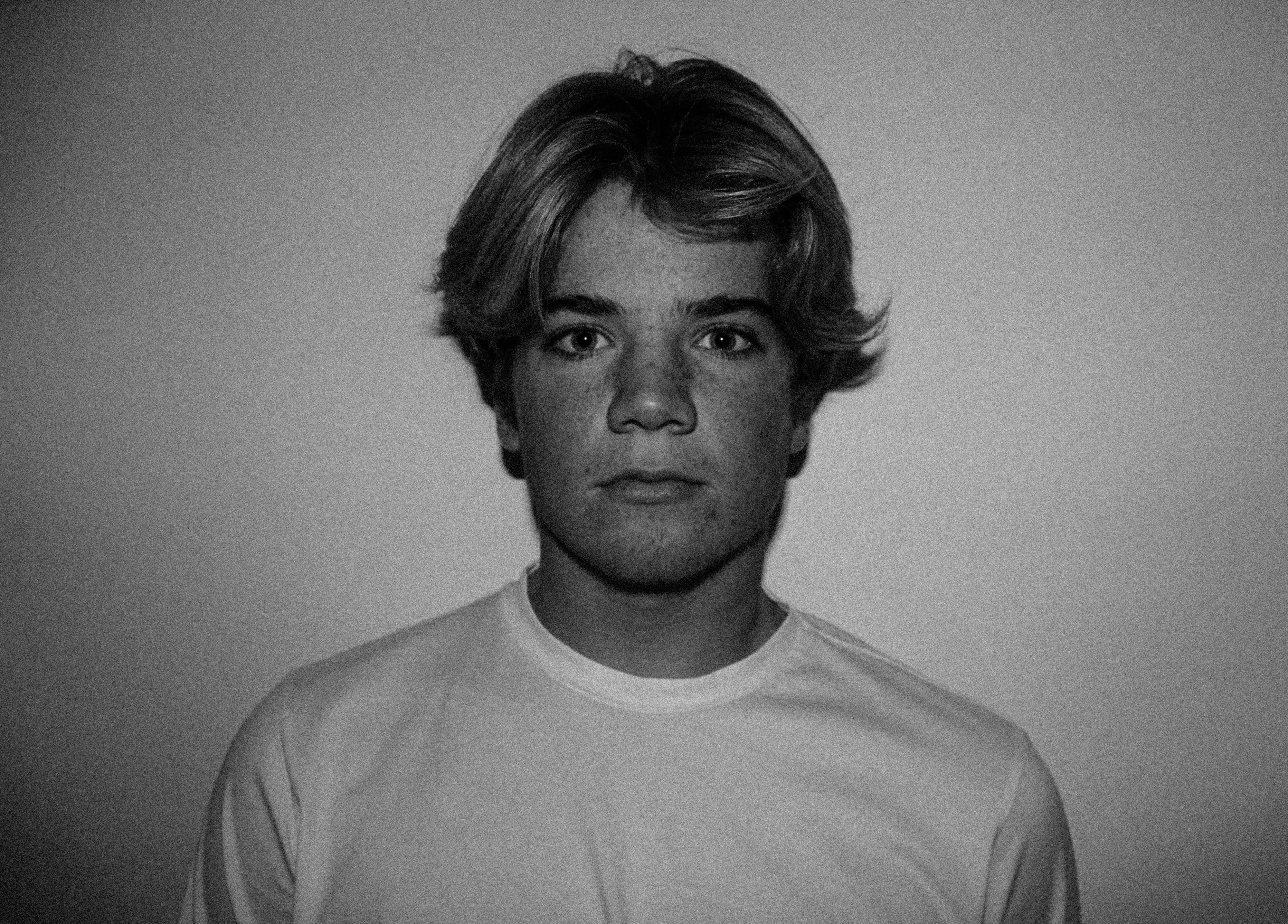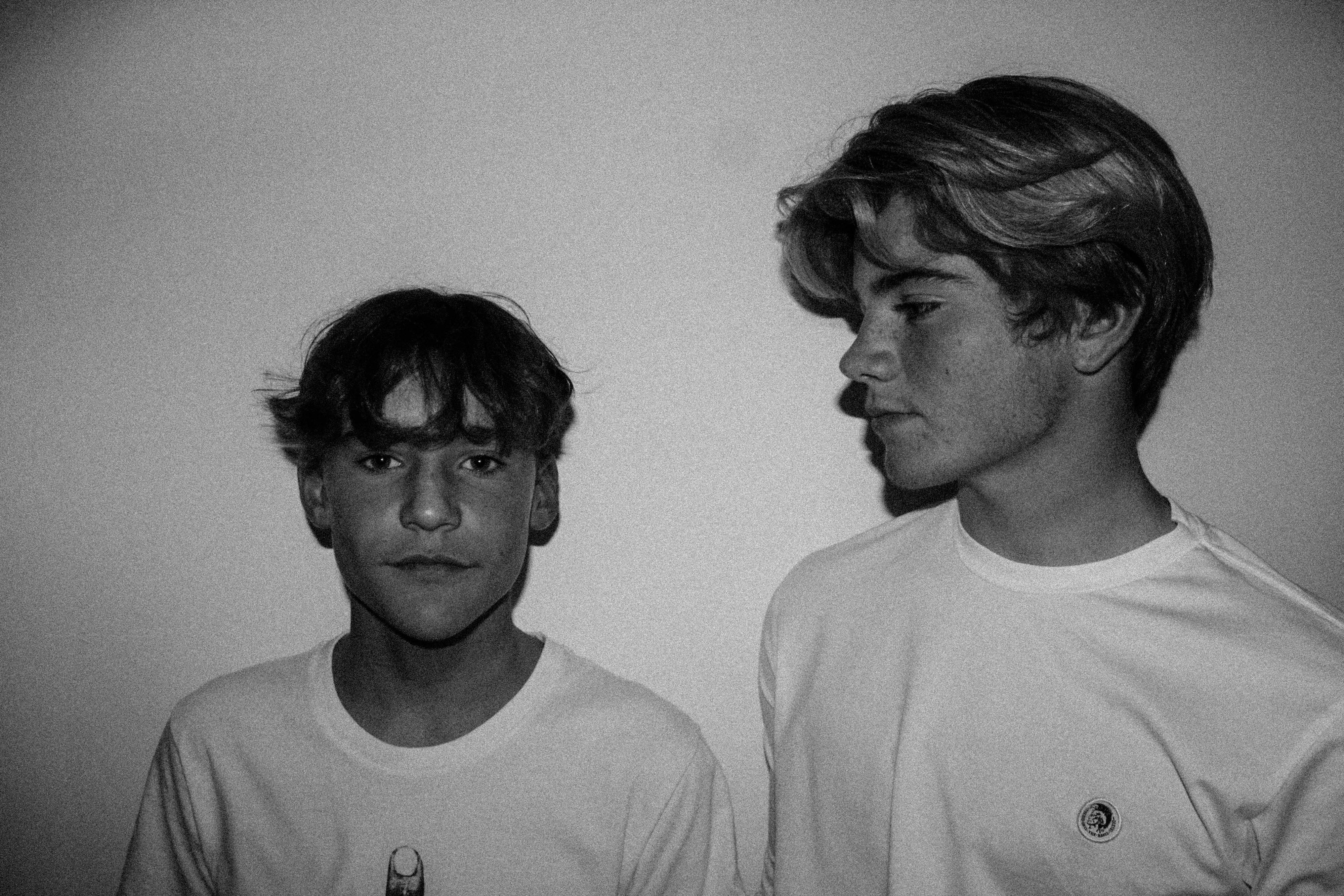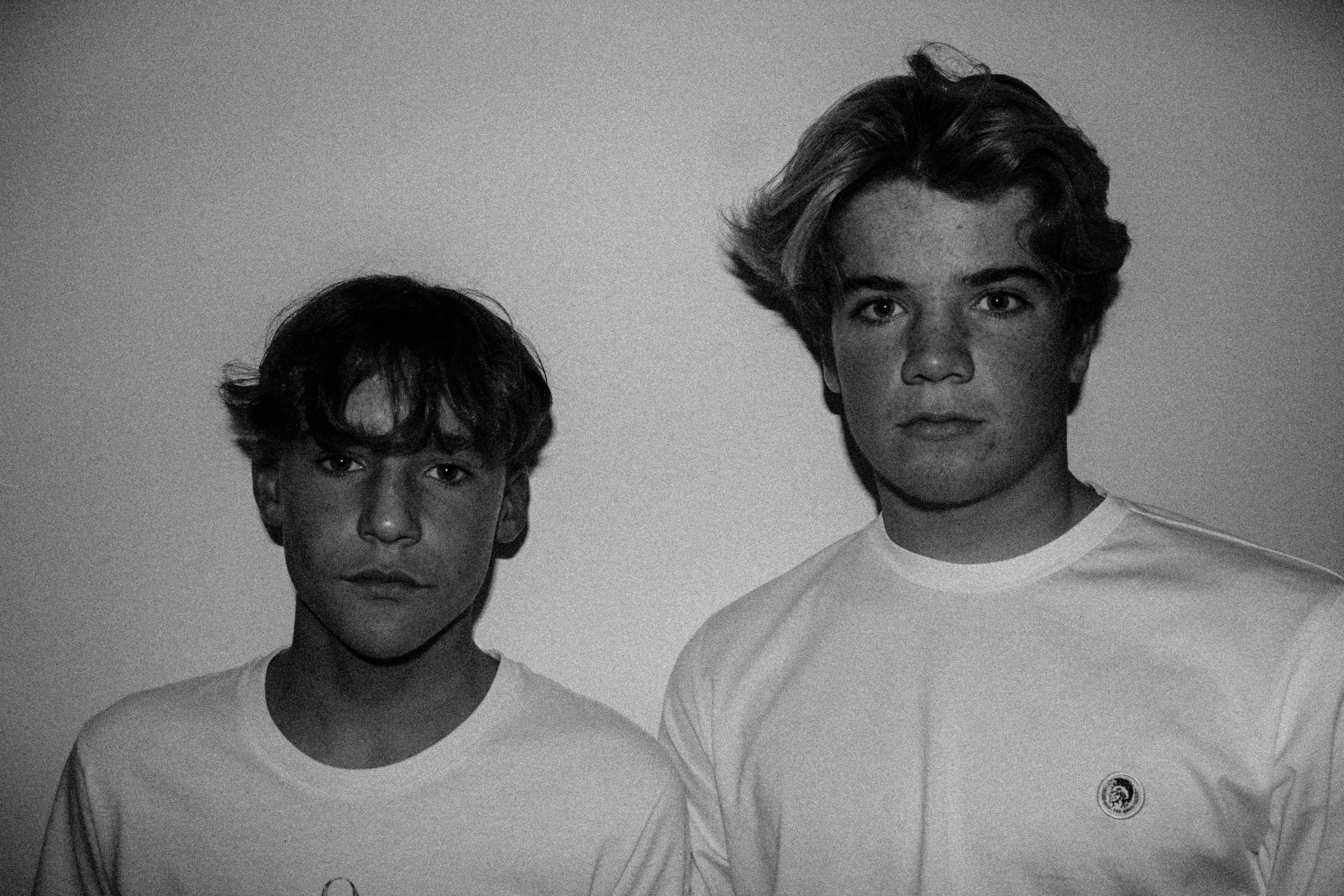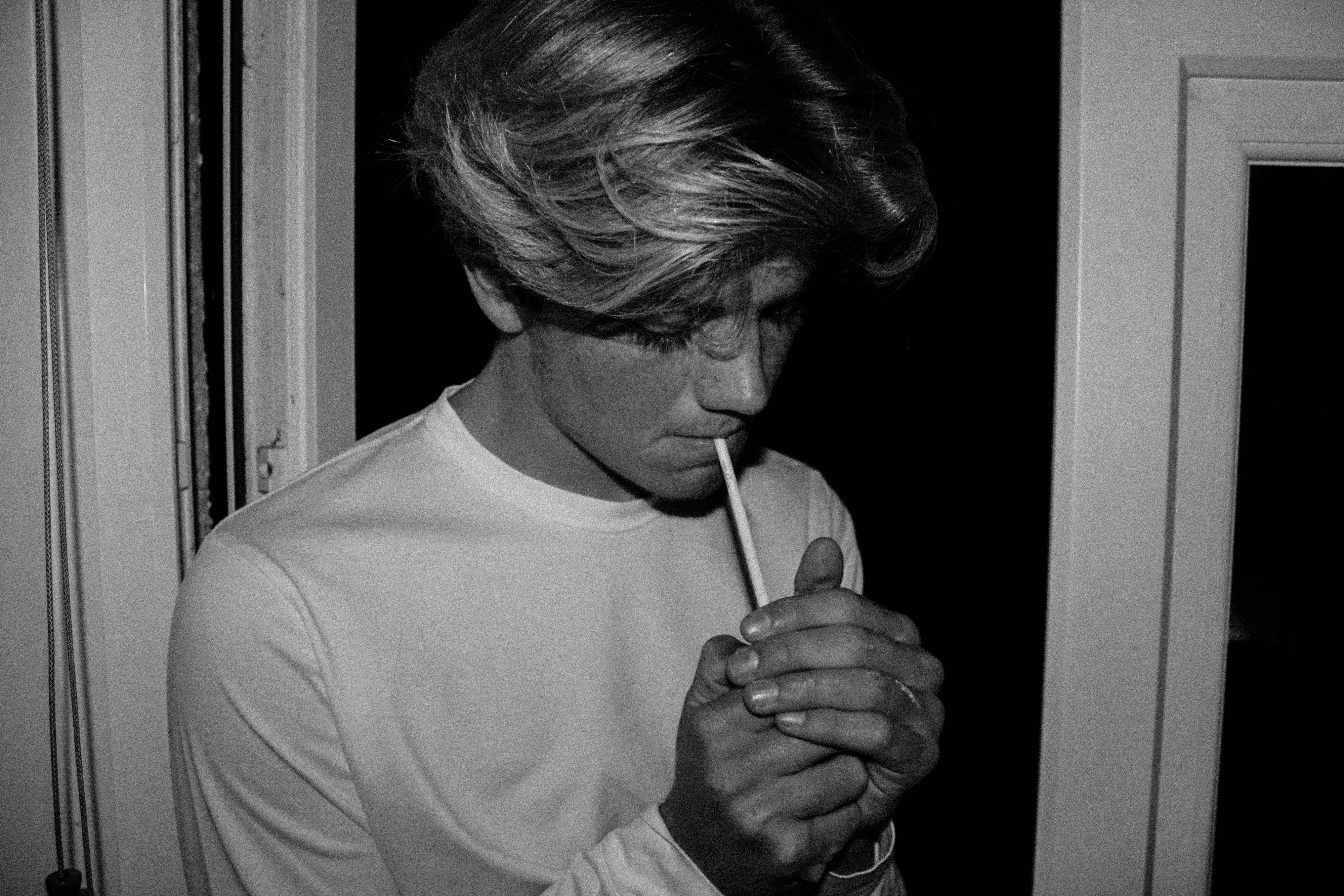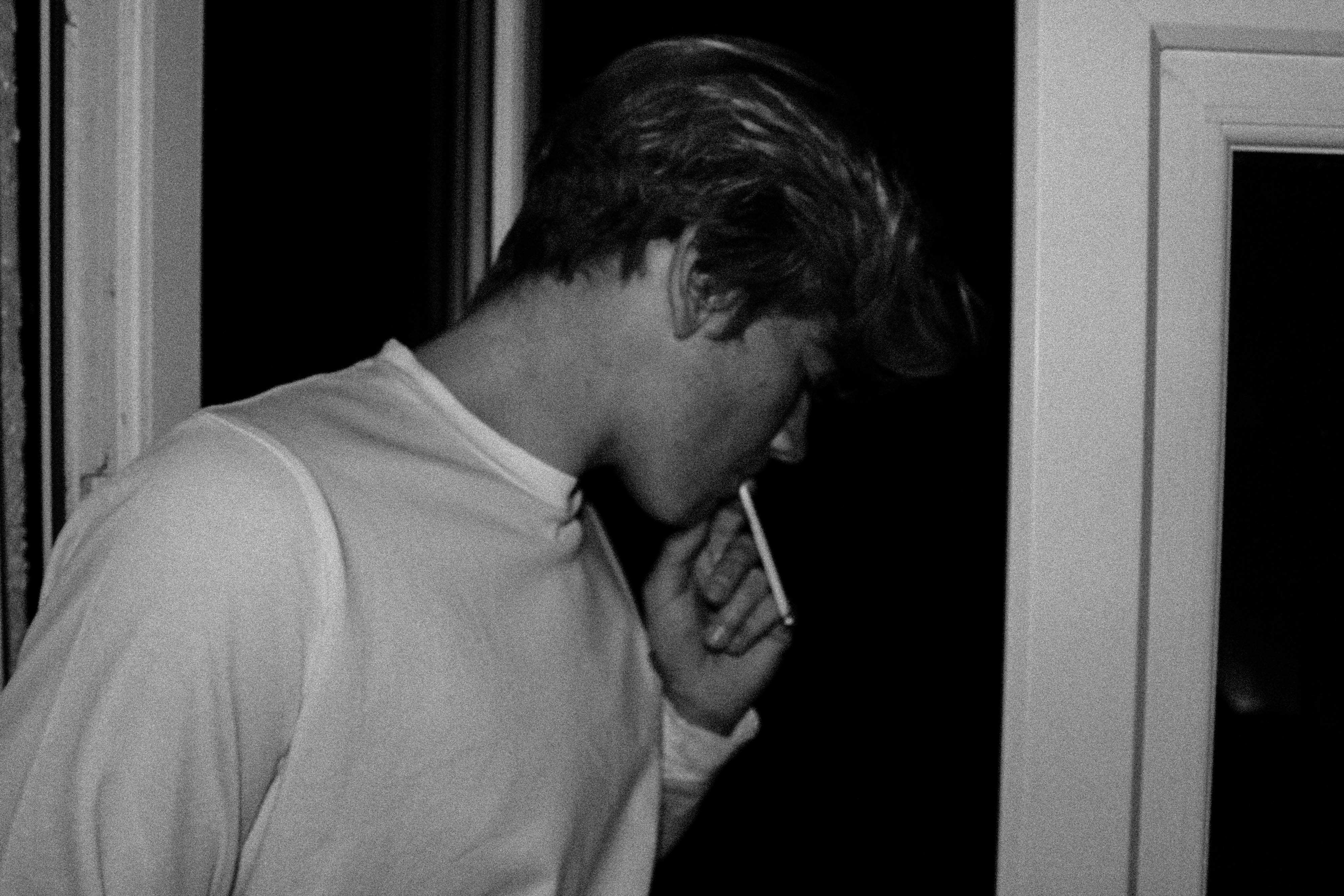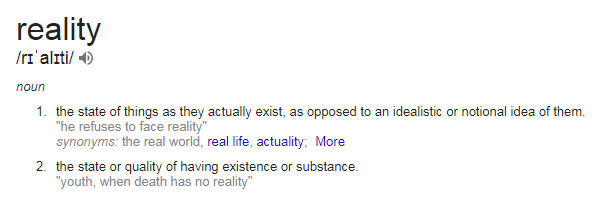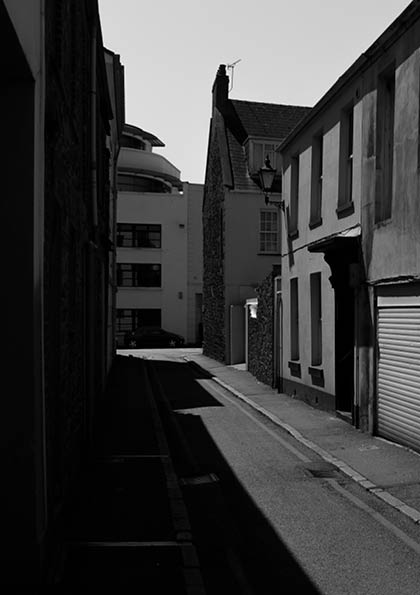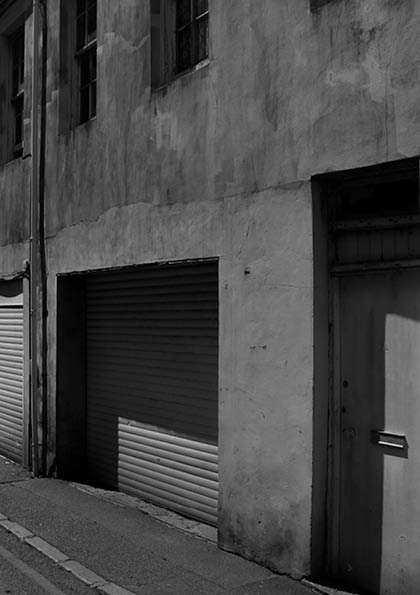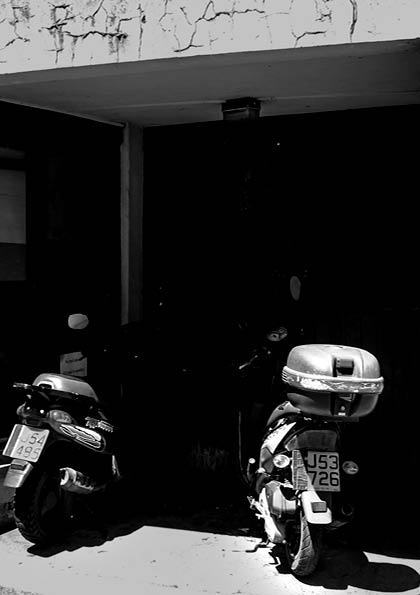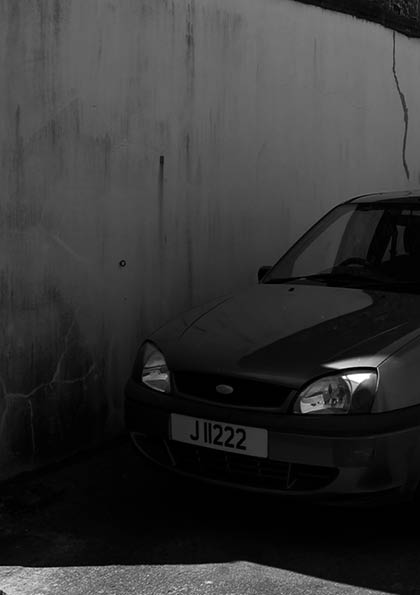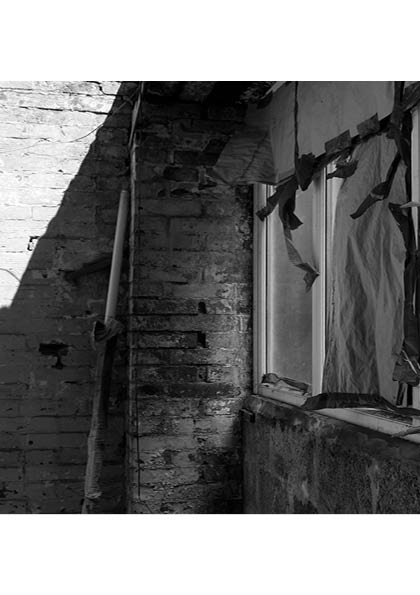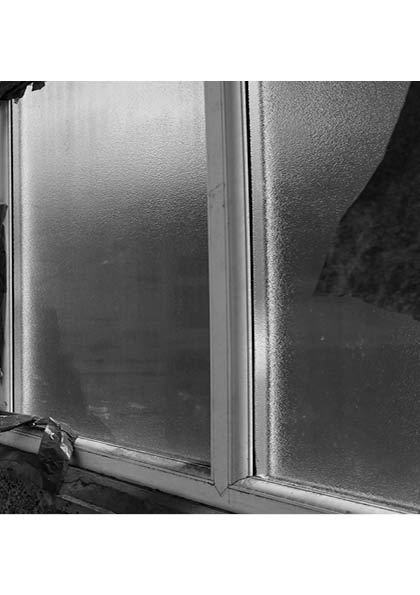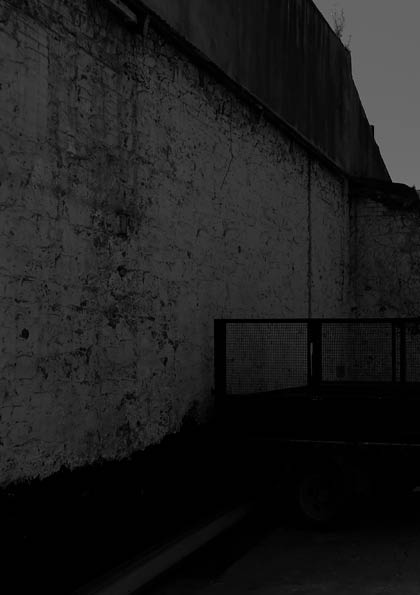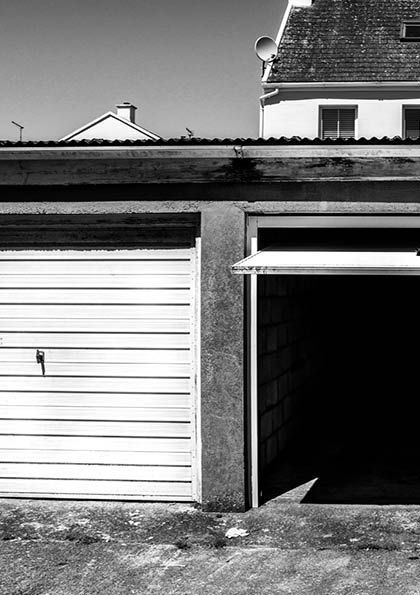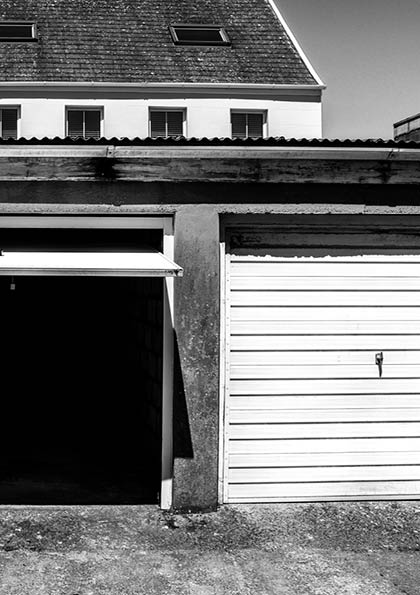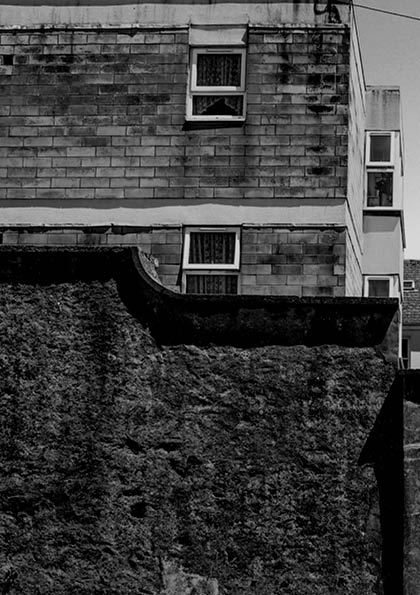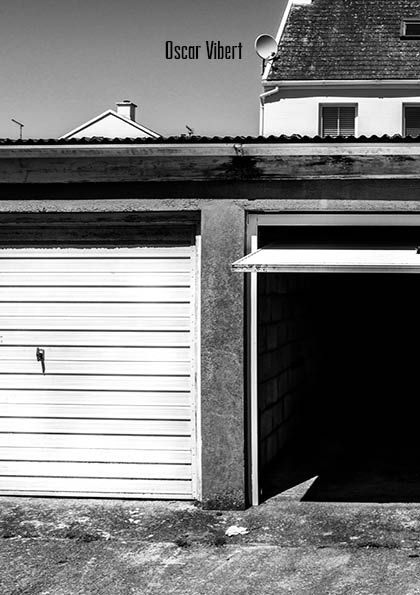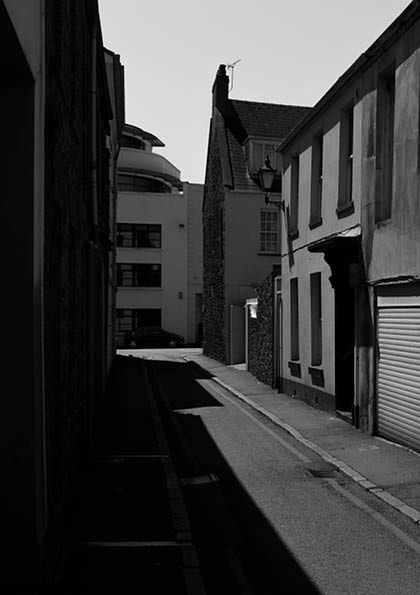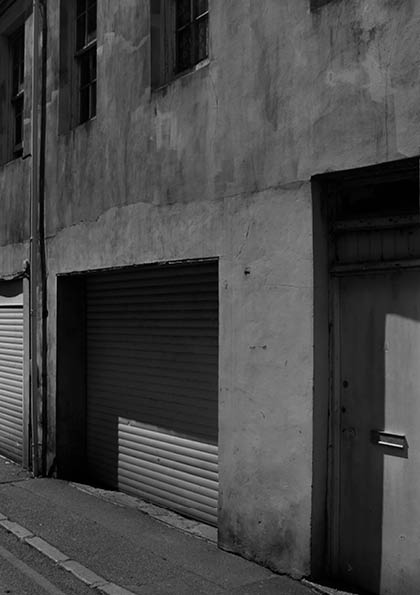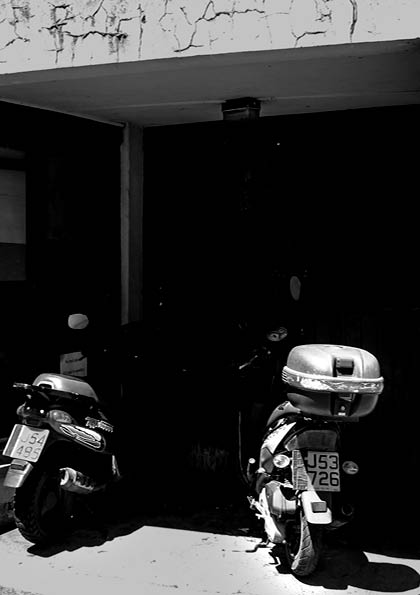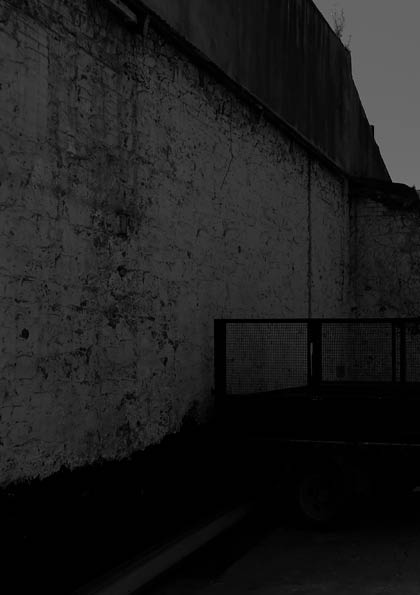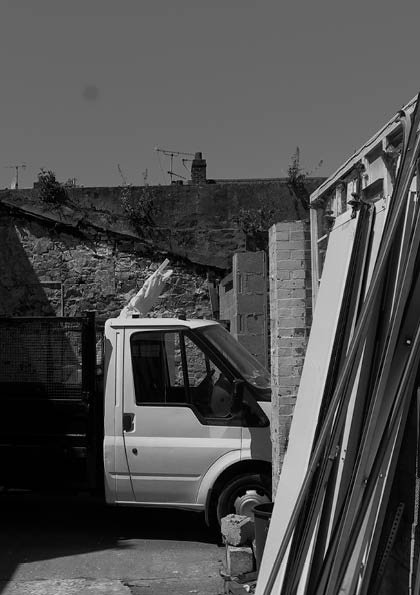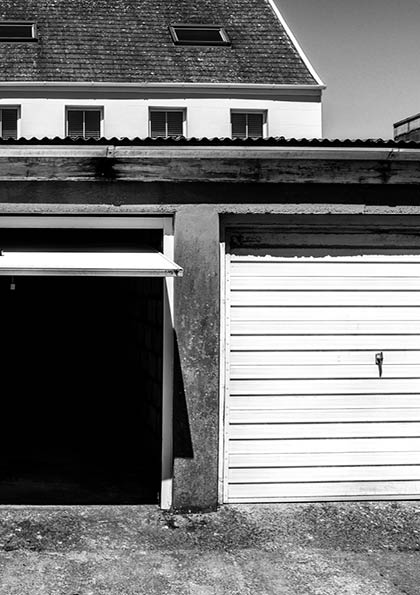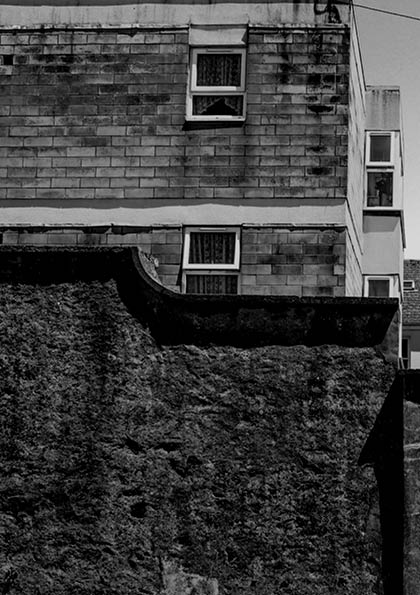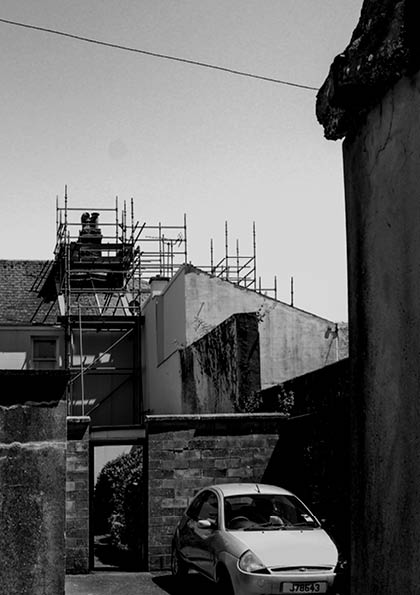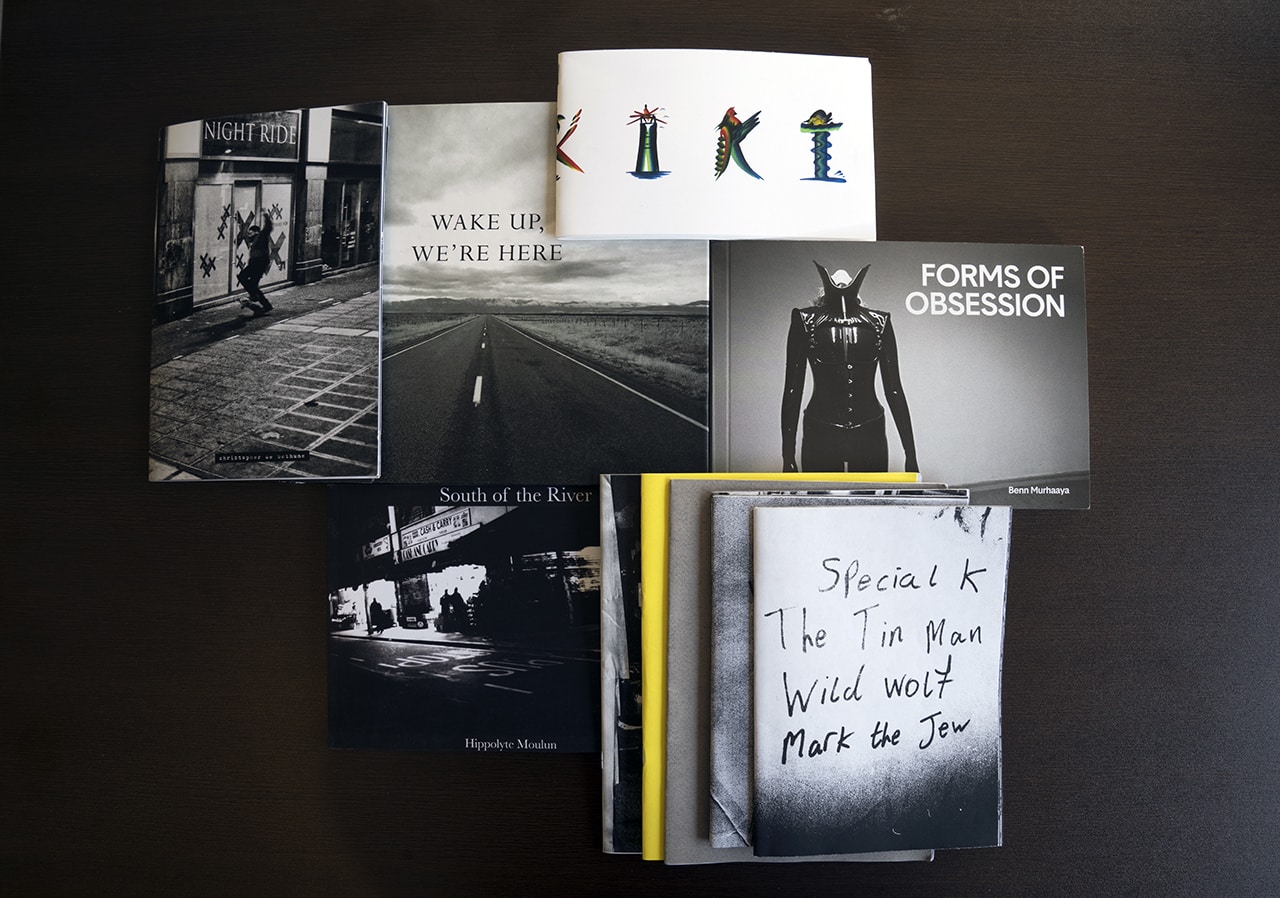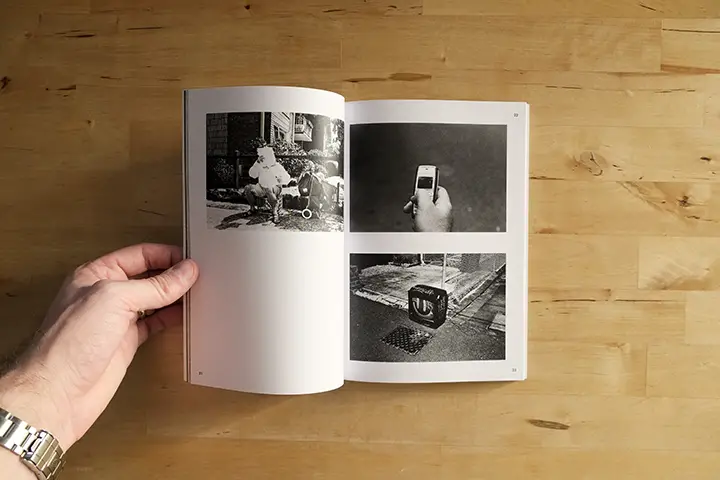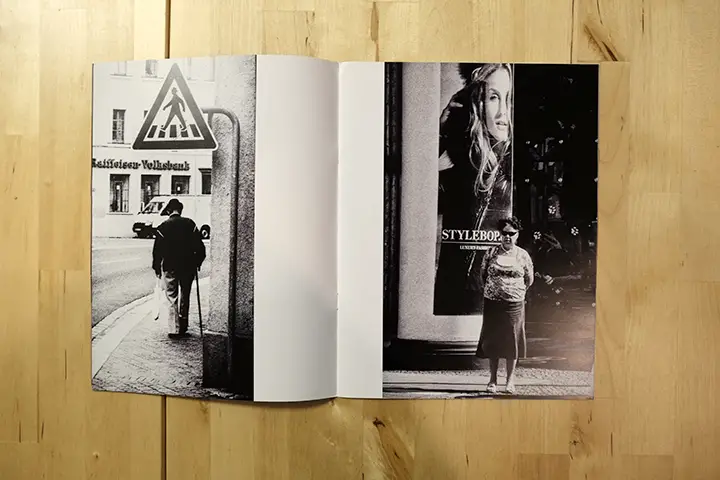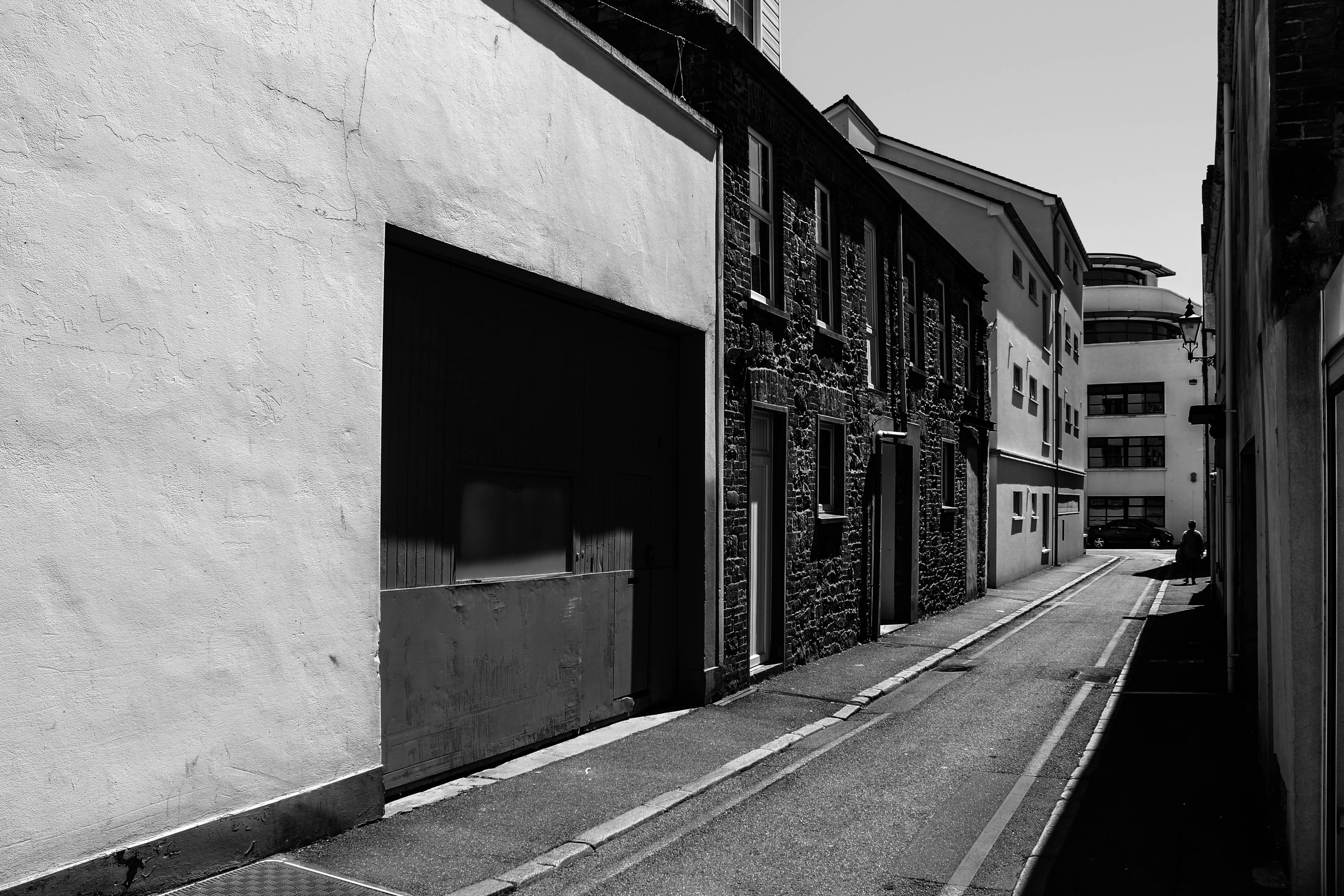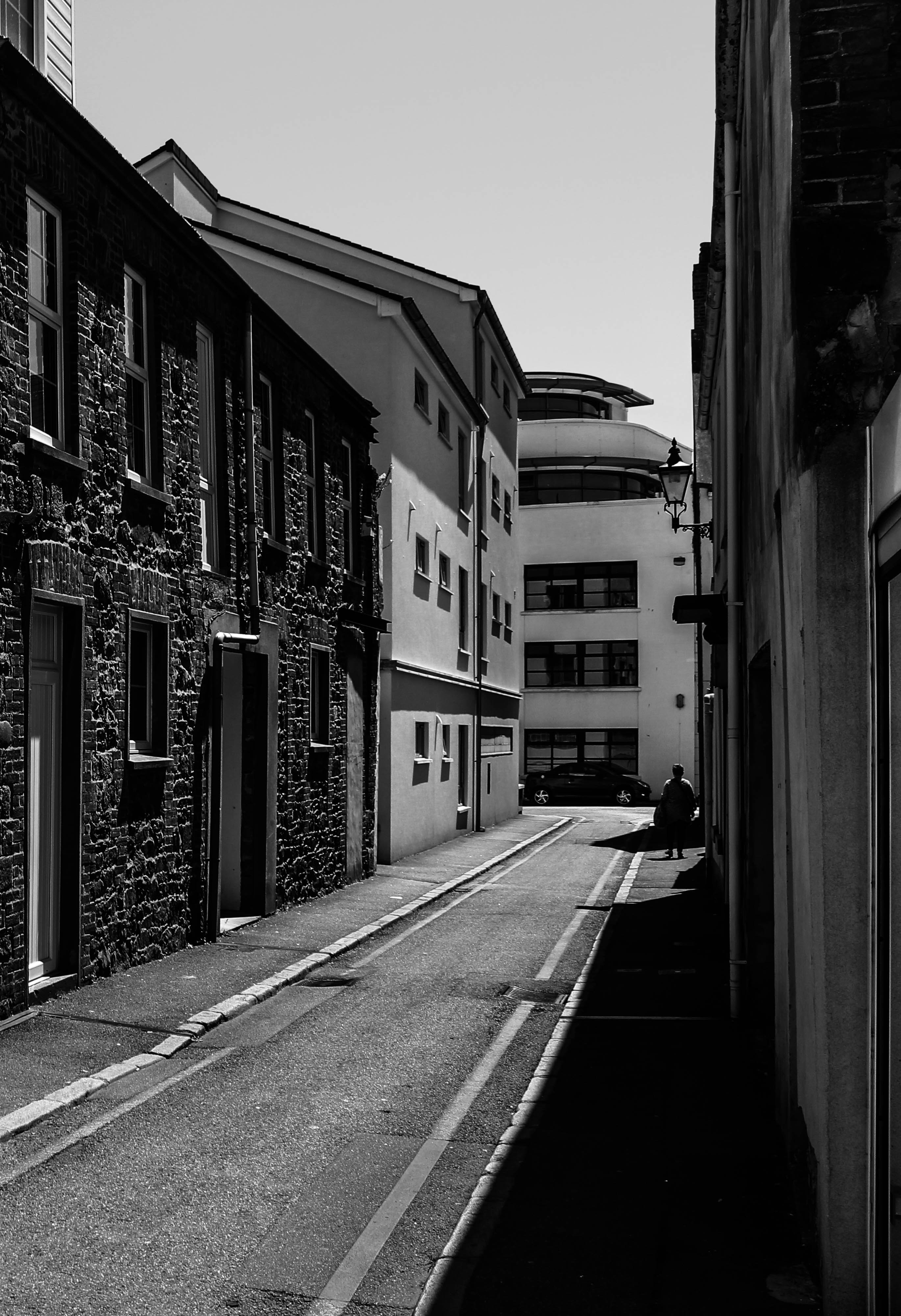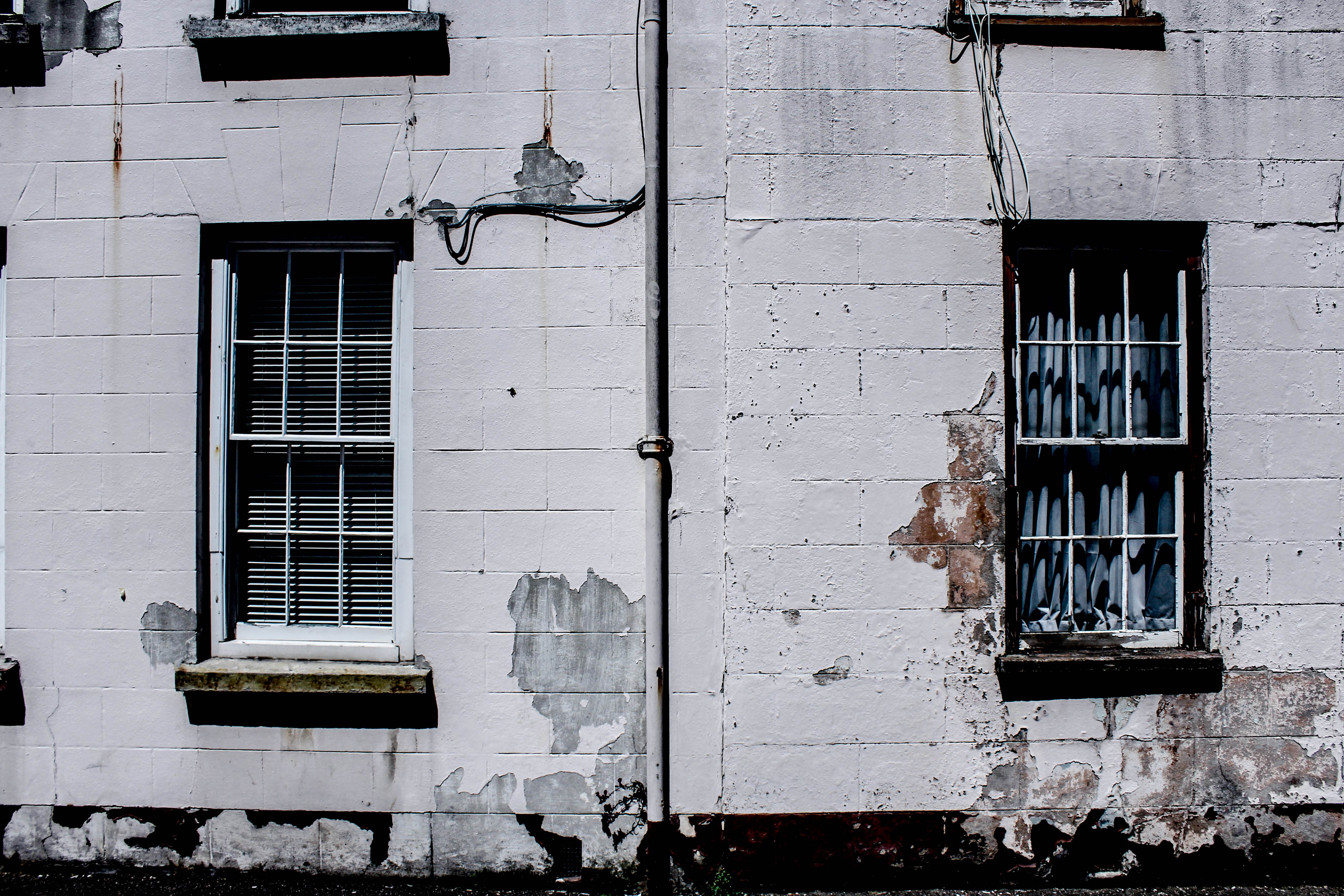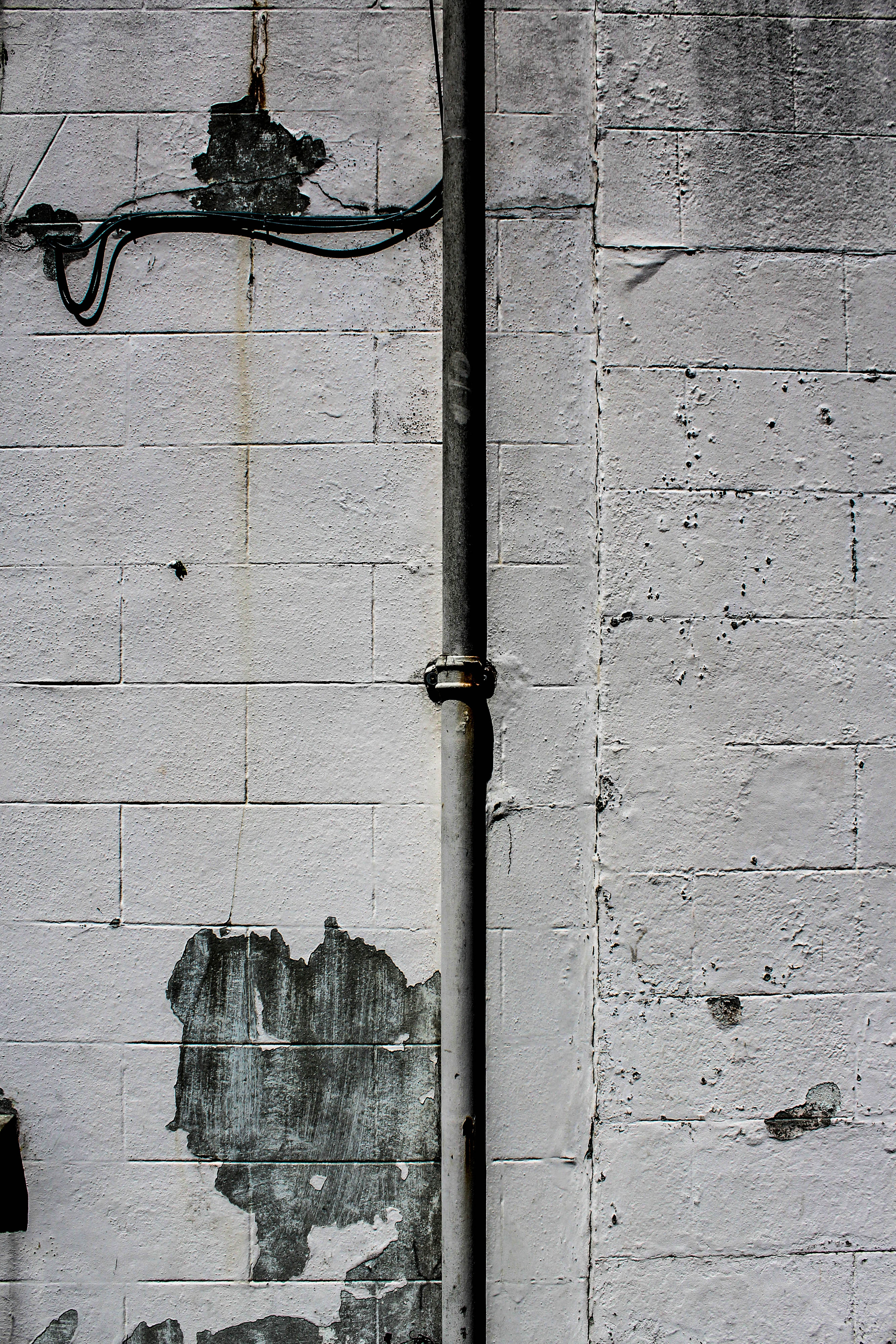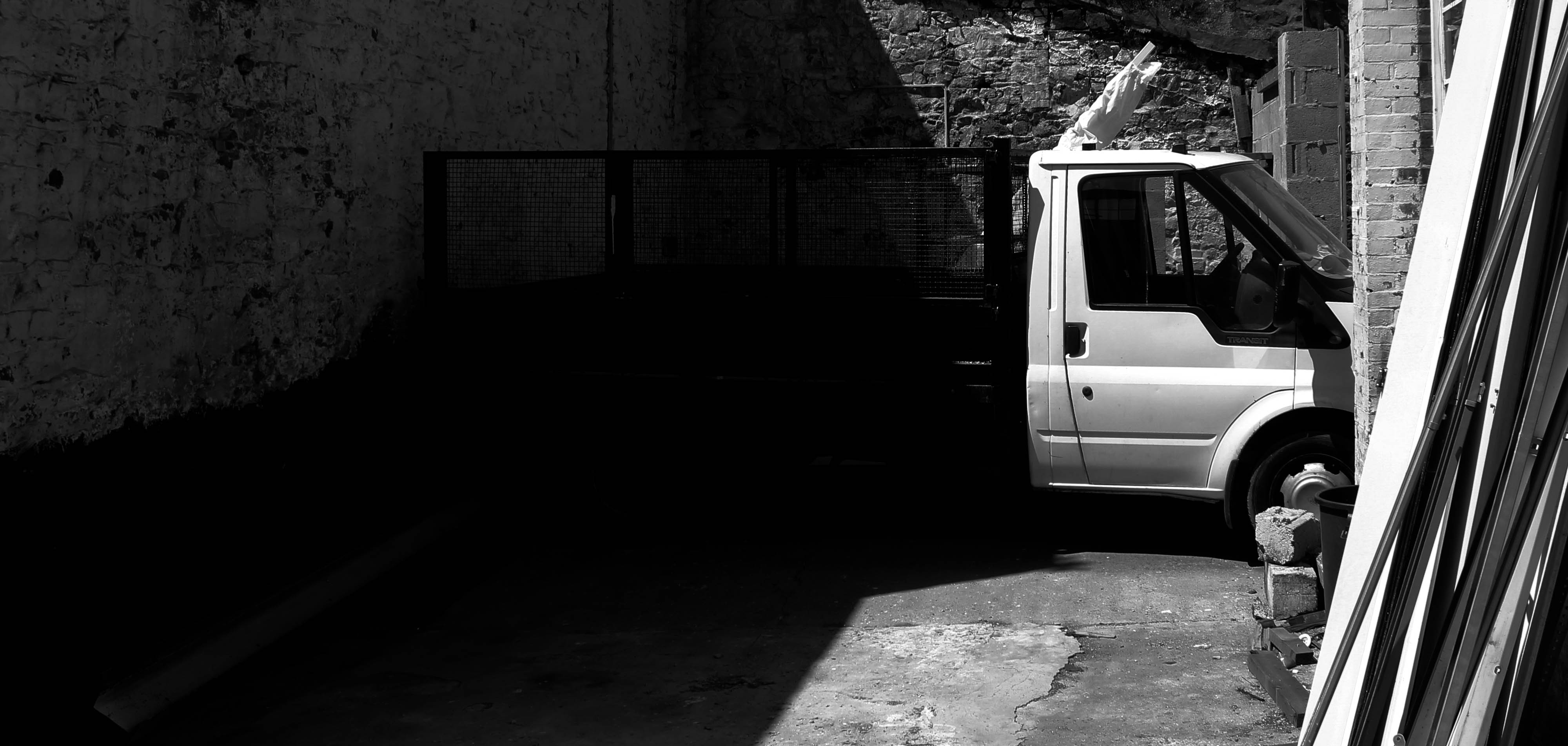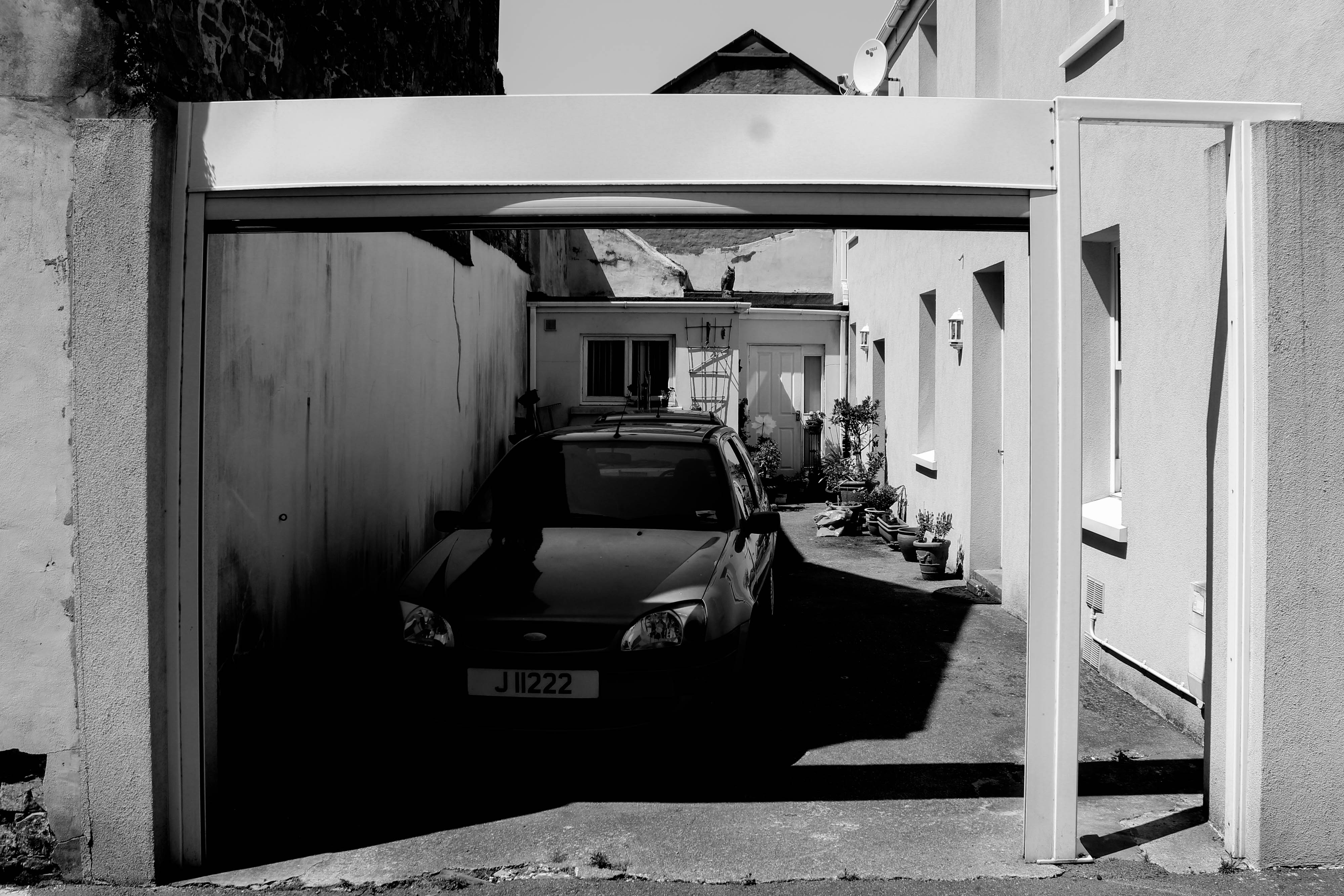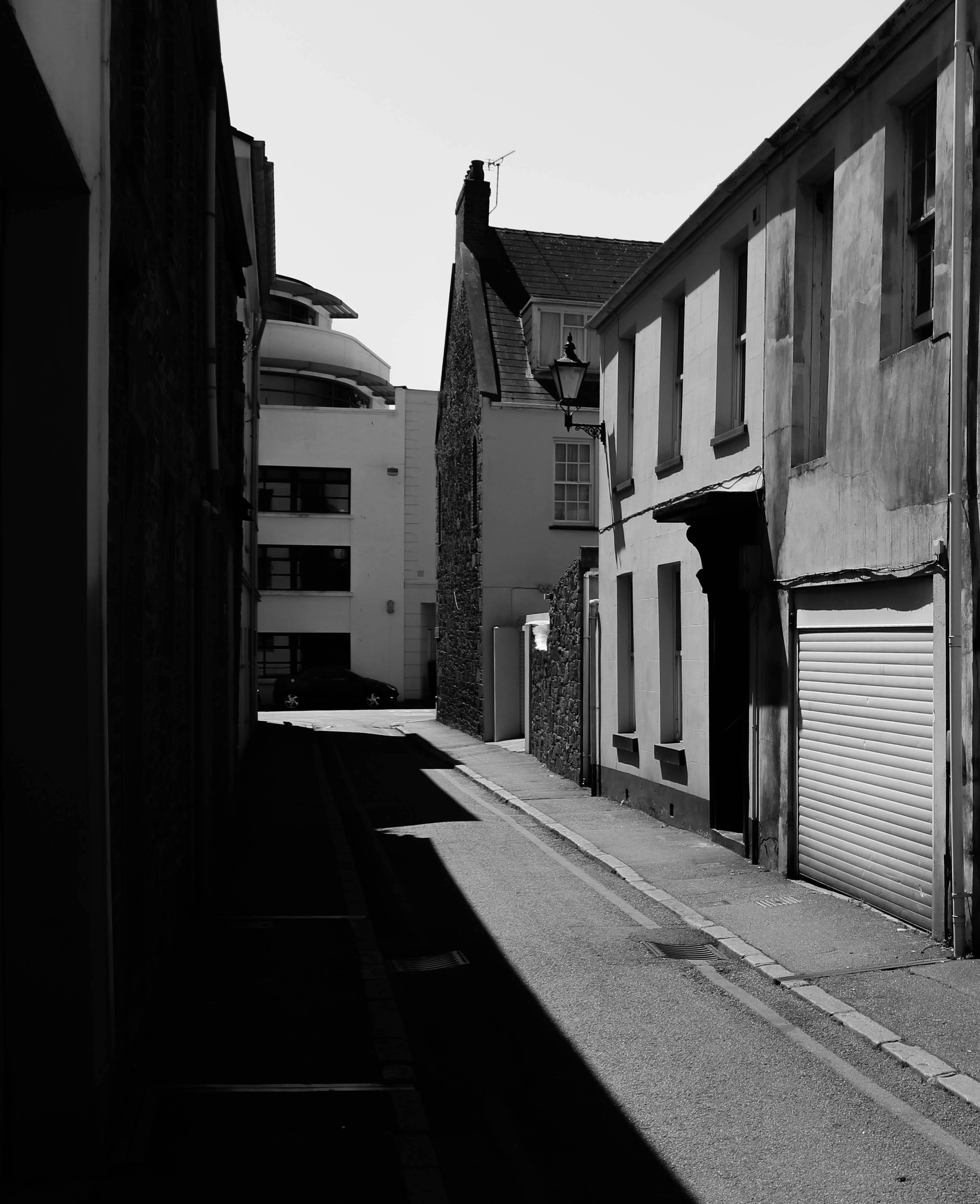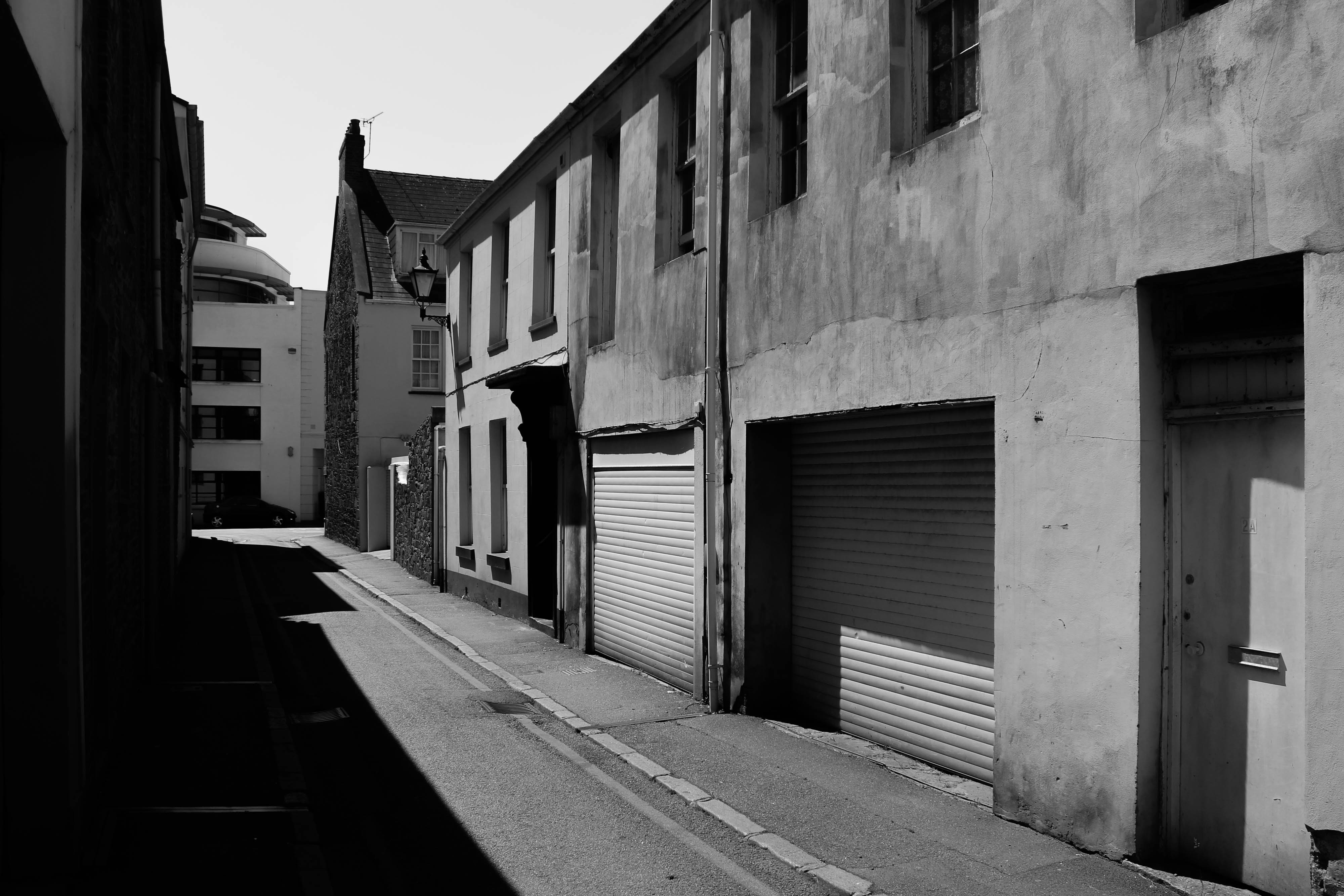“In what way can the work of both Lewis Bush and Clare Rae both be considered political?”
I will be investigating the ideas behind the works of Lewis Bush and Clare Rae by suggesting different concepts about their work to stage how their exhibitions can be considered political. Both artists have experienced Jersey closely. Lewis Bush focused on the local finance industry whilst Clare Rae investigated roles of gender. Clare Rae’s exhibition titled “Entre Nous” features works with Claude Cahun who helped as an inspiration to the concept of her work on gender and the landscape. However, Lewis Bush’s “Trading Zones” aids as the beginning of a long-term concept on the financial meaning of onshore and offshore locations.
Contemplated as political, Lewis Bush’s work revolves around the concept of producing photography through different photographic methods such as topography and landscapes.Lewis Bush has finalised projects looking at the redevelopment of London (Metropole) and most recently a project focusing on the finance sector in Jersey. Lewis based the project ‘Metropole’ in London as he felt the city which he grew up in was becoming wasted with government schemes of regeneration leading to demolition and construction of new buildings. Lewis’ most recent project ‘trading zones’ has similar connotations to Metropole as Lewis is showing how the finance industry is managing to take over jersey in a number of different ways.An aspect I found dominant from his work from the exhibition was his way of how political landscapes within a specific business shaped the employees in accordance with its development. This was described as “the self-image of how finance represents itself”
Bush collected multiple images of finance employees from different finance companies and merged them together which created an overall figure. This is done by overlapping various workers profile pictures which created a general portrait of the faces behind the businesses, whilst offering us with an insight into the otherwise unseen side of companies. Furthermore, this exhibition conveyed another political message which was clear, the board filled with various people’s opinions on the financial sector of Jersey with a large merged portrait of a certain business. By gathering opinions to form an overall insight into societies perspective of finance in jersey and in general created an overall opinion on what they think. This created an un-bias result, this was because the cards patented from a number of different sources. (schools, finance and retail sectors) This allowed the feedback to emphasis how they viewed Jersey and which way it should head.


In contrast to Lewis Bush’s work Clare Rae took a different approach to tackling politics in her photography. She chose jersey as her location as she knew that Jersey had the largest collection of Claude Cahun’s work and her work helped to inspire her exhibition. Claude Cahun was a queer, surrealist photographer who was originally known as ‘Lucy Renee Mathilde Schwob’. Claude Cahun was chosen as this was a gender ambiguous name which links with her and Clare’s work as it is about gender and gender stereotypes. Claude Cahun’s work was set in Jersey around the time of the second world war when it was occupied by Germans. Photography was a way for Clare to experiment with her own gender as a performance and to perhaps discomfort a typical stereotype from the early 1900’s. Clare Rae was inspired by Cahun’s work as it allowed her to use it to take on a similar journey. Clare Rae took both visual and conceptual tips from Cahun with all of her photographs being taken in black and white.


Clare also used a film camera which allowed her to put more thought into her work as it restricted her to a certain number of images per film suggesting that her images where to a high standard. A big part of Clare’s imagers followed the theory of the male gaze, by using this idea she used it to challenge it by taking images of her own body and by doing this she is controlling the female figure in art which is tented to be taken advantage of by the male artist in a sexualized way. This links to political landscape as Clare’s images could be linked to the feminist theory.
Clare’s work and Lewis’ don’t have links in the way they are actually taken as Clare’s are tableau and are staged as they have been taken in a way to relate to Claude’s work and self-portraits. In addition, Lewis’ work has been taken in a way that relates to his own styled a sense of documentary photography. Furthermore, the two photographers work was both based in jersey however two very different approaches where taken into consideration. Lewis came to Jersey out of pure freedom and with a specific idea focusing on the financial sector. On the other hand Claire Rae came to Jersey as she knew that they were a large collection of Claude’s work. Overall, the two photographers are both exploring their work through the changes and impacts their subjects are having on society. However, both artists work has clear connotations of political landscape ranging from feminism and the finance sector. Which suggests that both photographers were working under the same genre of photography being political landscape due to the fact they are handling issue that are impacting society and how the work they are producing is helping create awareness of the impacts.


